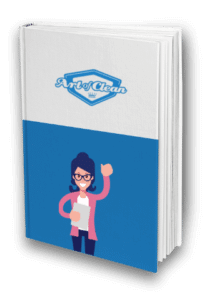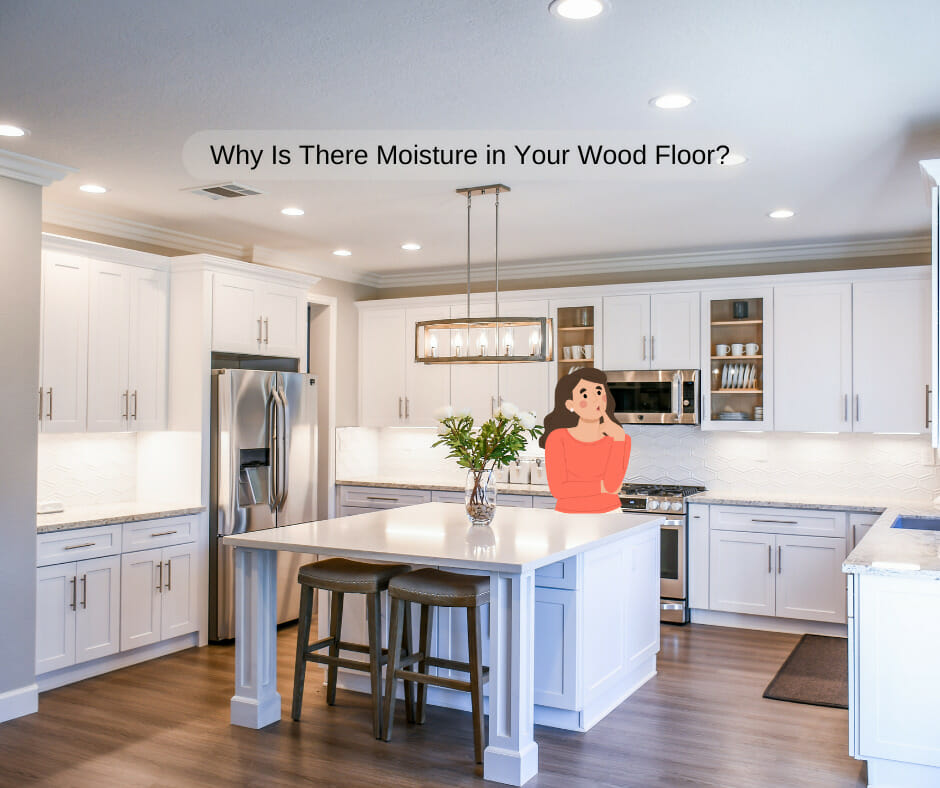Hi there, and welcome to “Tracey’s Interviews” to help you! “Why is there moisture on your wood floor?” is an excellent question; the answer is not as apparent as you may think. Wood floors can really add warmth and elegance to any home. However, they can also be susceptible to moisture-related issues. Understanding how moisture affects wood floors is essential for homeowners, whether they are planning to install a new wood floor or restore an existing one. In this blog, we will look at the various sources of moisture, signs of moisture damage, prevention methods, and suitable wood types to withstand moisture.
If you would rather watch an interview about this in your own time, check us out below!
Sources of Moisture and Their Impact on Wood Floors
Moisture can infiltrate wood floors from above and below. From above, spills, pet accidents, or water from bathrooms and kitchens can cause damage to the wood floor. While choosing appropriate flooring materials for moisture-prone areas is crucial, prompt clean-up of spills is equally important to prevent long-term damage.
However, moisture from the wood floor is the more hidden and potentially severe problem. This can happen because of lack of proper damp-proofing, allowing moisture to seep through the subfloor and affect the wood floor above. In older properties, the absence of a damp-proof membrane (DPM) and insufficient airflow under the floor can exacerbate this issue.
Signs of Moisture Damage on Wood Floors
Identifying moisture damage on wood floors is essential to take timely action and avoid expensive repairs. Some common signs include:
1. Cupping and Crowning:
The floor may develop uneven surfaces, with boards either higher in the middle (crowning) or lower in the centre (cupping). This is due to the absorption of moisture from below, leading to the expansion or contraction of the wood.
2. Loose Blocks:
Individual blocks may come loose due to adhesive failure caused by moisture in the case of parquet or block wood floors.
3. Discolouration and Black Marks:
Dark or black marks around nail holes and seams can indicate moisture infiltration.
4. Warping and Buckling:
Excessive moisture exposure can cause wood floorboards to warp or buckle, creating noticeable deformations.
5. Foul Odor:
Moisture accumulation can lead to mould & mildew growth, resulting in a musty smell in the affected area.
Preventing Moisture Issues in Wood Floors
Preventing moisture-related problems is essential for the longevity and beauty of wood floors. Here are some preventive measures:
1. Choose Suitable Flooring:
For moisture-prone areas like bathrooms and kitchens, consider using moisture-resistant alternatives like luxury vinyl flooring or tiles that mimic the appearance of wood.
2. Control Airflow:
Ensure proper ventilation in moisture-prone areas to allow the escape of humid air and prevent moisture buildup.
3. Timely Spill Clean-up:
Quickly clean up spills and pet accidents to prevent moisture from penetrating the wood floor.
4. Use Moisture Barriers:
Install a damp-proof membrane (DPM) or vapour barrier under the wood floor to prevent moisture from rising through the subfloor.
5. Regular Maintenance:
Periodically inspect and maintain the wood floor to promptly identify and address any potential moisture issues.
Wood Types and Moisture Resistance
While all wood floors are susceptible to moisture, certain wood types offer better resistance. Here are some wood species that are known for their ability to handle moisture:
- Exotic Hardwoods:
Exotic woods like Brazilian Walnut, Teak, and Brazilian Cherry are naturally dense and contain oils that enhance their moisture resistance.
- White Oak:
White Oak is more resistant to moisture than Red Oak and is used more commonly for wood flooring.
- Engineered Wood:
Wood floors have a plywood core and a hardwood veneer top layer. This construction makes them less prone to moisture-related issues than solid wood.
- Cedar:
This wood has natural oils that resist decay and moisture, making it a good choice for outdoor decks and humid environments.
- Vinyl Plank Flooring:
Although not real wood, vinyl plank flooring is moisture-resistant and can effectively mimic the look of wood.
Moisture can significantly impact wood floors, causing issues like cupping, crowning, and warping. Preventive measures such as using suitable flooring materials, controlling airflow, and quick spill clean-up can help maintain the integrity of wood floors. When selecting wood species for flooring, exotic hardwoods, white oak, engineered wood, and cedar are good options due to their inherent moisture resistance.
Regular maintenance and timely intervention by professional wood floor restoration experts can prevent further damage and prolong the life of your wood floors. By understanding the sources of moisture, signs of damage, and suitable prevention methods, homeowners can enjoy the timeless beauty of wood floors for many years to come.
Download our eBook…
To learn more about caring for your wood floor!

Written by Tracey Gilbey, Marketing
For further advice or information on our Carpet and Soft Furnishing care, please don’t hesitate to contact the Art of Clean team on 01223 901549 in Cambridge. Our services include Carpet Cleaning, Upholstery Cleaning, oriental and area Rug Cleaning, Curtain Cleaning, Patio and Driveway Pressure washing, Leather Cleaning, Stone and Tile Floor Cleaning and Wood Floor Sanding and Restoration. We also supply new flooring and carpets through our sister company Art of Flooring. Farthings Cambridge provides our Dry Cleaning service.


